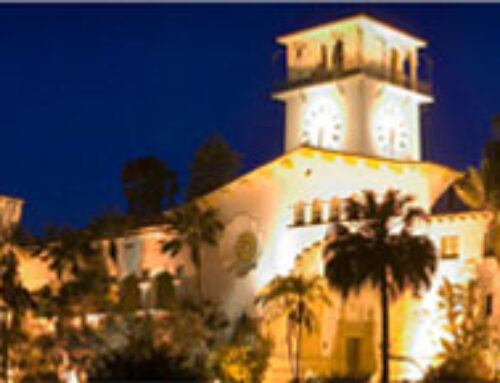The Thomas Fire, the largest wildfire in California history, and the subsequent flooding in the Montecito area were catastrophic. There was a significant loss of life, homes and properties. Our community spirit is regaining itself, as we all pull together to assist those in need, some having to revive their lives. Our attorneys are assisting our community with initial free consultations to provide general information on disaster-related matters.
This Alert provides general information concerning fire and flood insurance coverages for damages due to the Thomas Fire and subsequent flooding. Most homeowners have fire insurance; some have flood insurance. Both of these insurances can potentially provide coverage to those insured persons suffering damage to their homes, land, personal property and other items included within these policies. Stated otherwise, persons currently suffering from flood losses may well be able to recover damages through their fire insurance policies, even if they did not have flood insurance.
The amended Federal Disaster Declaration by FEMA directly links the Montecito area flood damages to the Thomas Fire in stating:
“Incident: Flooding, mud flows, and debris flows directly related to the wildfires”
While courts require further evidence of the linkage between a fire and flood damage to evoke fire insurance coverage, this declaration is nonetheless a first step. For example, recently the United States District Court for the Central District of California found that water damage to a Santa Barbara area home was caused by changes to the soil that occurred because of the Jesusita Fire. Thus, the court found that the Jesusita Fire was the “efficient proximate cause” of the subsequent water damage.
Further, even express exclusions for water damage within a fire policy do not apply when a fire is the efficient proximate cause. In Howell v. State Farm the California Court of Appeal wrote
“Stated simply, the important question presented – – is whether a property insurer may contractually exclude coverage when a covered peril (fire) is the efficient proximate cause of the loss, but an excluded peril has contributed or was necessary to the loss. We conclude that a property insurer may not limit its liability in this manner, since the statutory and judicial law of this state makes an insurer liable whenever a covered peril is an ‘efficient proximate cause’ of the loss, regardless of other contributing causes. Consequently, the policy exclusions at issue (water) … are not enforceable to the extent that they conflict with California law.”
We hope that this Alert provides you with some general information in evaluating insurance coverage in situations like the Thomas Fire. This information is made available for educational purposes only to convey general information and a general understanding of the law, not to provide specific legal advice. Our representation is only undertaken through a written engagement letter with our Firm.
Marcus J. Kocmur, Partner
(Office) 805.966.7715



